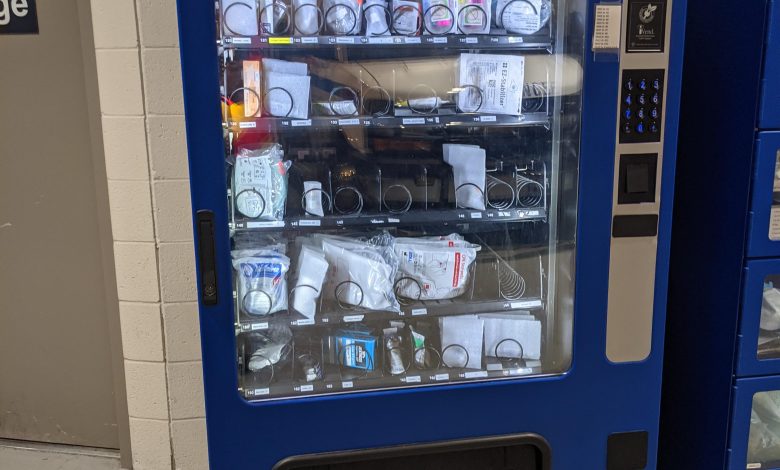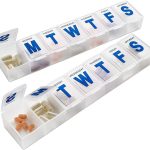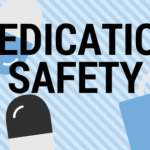How Technology is Improving Medication Safety and Management

Technology is rapidly changing every aspect of our lives, including the way we manage and take medications. Medication safety and management have come a long way with technological advancements in recent years.
Medication safety and management are critical components of patient care, particularly for individuals with complex medical needs or chronic conditions. Medication safety involves taking steps to prevent medication errors, reduce adverse drug reactions, and ensure that patients receive the right medication at the right dose and frequency. Medication management involves the processes of prescribing, dispensing, and administering medications, as well as monitoring their effectiveness and addressing any adverse effects.
Effective medication safety and management require a collaborative effort between healthcare providers, patients, and caregivers. Pharmacists, in particular, play a critical role in medication safety and management, working closely with prescribers, nurses, and other healthcare professionals to ensure that patients receive safe, effective, and appropriate medication therapy.
Pharmacists are trained to assess patients’ medication needs, identify potential drug interactions, monitor medication adherence, and provide education and counseling to patients and their families. They work closely with physicians and other healthcare providers to ensure that medications are prescribed and dosed appropriately and that patients receive the necessary follow-up care and monitoring.
In this article, we will explore how technology is improving medication safety and management.
1. Electronic Prescriptions
One of the biggest advancements in medication management technology has been electronic prescriptions. Electronic prescriptions (e-prescriptions) allow healthcare providers to send prescriptions directly to a patient’s pharmacy of choice. This eliminates the need for paper prescriptions, which can be lost or misplaced. E-prescriptions also reduce errors in medication dispensing, as pharmacists no longer have to interpret a doctor’s handwriting.
2. Medication Dispensing Systems
Medication dispensing systems are another technological advancement that is improving medication safety and management. These systems use computer technology to dispense medication, ensuring that the correct dose is dispensed at the correct time. They are particularly useful in hospitals and long-term care facilities, where medication errors can be more prevalent. Medication dispensing systems can also provide real-time information on medication administration, which allows healthcare providers to monitor a patient’s medication compliance.
3. Medication Adherence Apps
Medication adherence apps are mobile applications designed to help patients remember to take their medication on time. These apps are particularly useful for patients who take multiple medications and may have trouble keeping track of them. Medication adherence apps can send reminders to patients when it is time to take their medication and provide information on the medication’s purpose and potential side effects. Some medication adherence apps can also track a patient’s medication usage and send reports to their healthcare provider.
4. Wearable Technology
Wearable technology, such as smartwatches and fitness trackers, are also being used to improve medication safety and management. These devices can track a patient’s vital signs, such as heart rate and blood pressure, and provide real-time feedback to healthcare providers. Wearable technology can also remind patients when it is time to take their medication and provide alerts if a medication dose is missed.
5. Telehealth
Telehealth is the use of technology to provide healthcare services remotely. This can include virtual consultations with healthcare providers, remote monitoring of a patient’s health status, and medication management. Telehealth is particularly useful for patients who live in rural or remote areas and may have limited access to healthcare services. Telehealth allows healthcare providers to monitor a patient’s medication usage and make adjustments as needed, improving medication safety and management.
6. Electronic Health Records
Electronic health records (EHRs) are digital records of a patient’s health information. EHRs can include a patient’s medical history, medication usage, and any allergies or adverse reactions to medication. EHRs are particularly useful for healthcare providers who need to access a patient’s health information quickly and efficiently. EHRs can also help prevent medication errors by providing real-time information on a patient’s medication usage. With EHRs, pharmacists and other healthcare providers can easily access a patient’s medication history, which can help prevent medication errors and adverse drug events. E-prescribing is another technology that is improving medication management. With e-prescribing, healthcare providers can send electronic prescriptions directly to a patient’s pharmacy, which helps prevent errors that can occur with handwritten prescriptions.
7. Medication Barcode Scanning
Medication barcode scanning is a technology that is being used in hospitals and long-term care facilities to improve medication safety. Barcode scanning ensures that the correct medication is being administered to the correct patient. It also provides information on the medication’s purpose, potential side effects, and any interactions with other medications.
8. Medication Dispensing Machines
Another technology that is improving medication safety and management is medication dispensing machines. These machines can be found in hospitals and other healthcare facilities, and they allow medications to be dispensed automatically, reducing the risk of errors that can occur with manual dispensing. The machines can also track medication use and alert healthcare providers if a patient misses a dose.
Conclusion
In conclusion, technology is playing an increasingly important role in improving medication safety and management. From electronic prescribing to mobile health apps to medication dispensing machines, technology is making it easier for healthcare providers and patients to manage medications and prevent medication errors. It is important for healthcare providers and pharmacists to stay up-to-date with these technologies and incorporate them into their practice to improve medication safety and ensure the best possible outcomes for patients.





